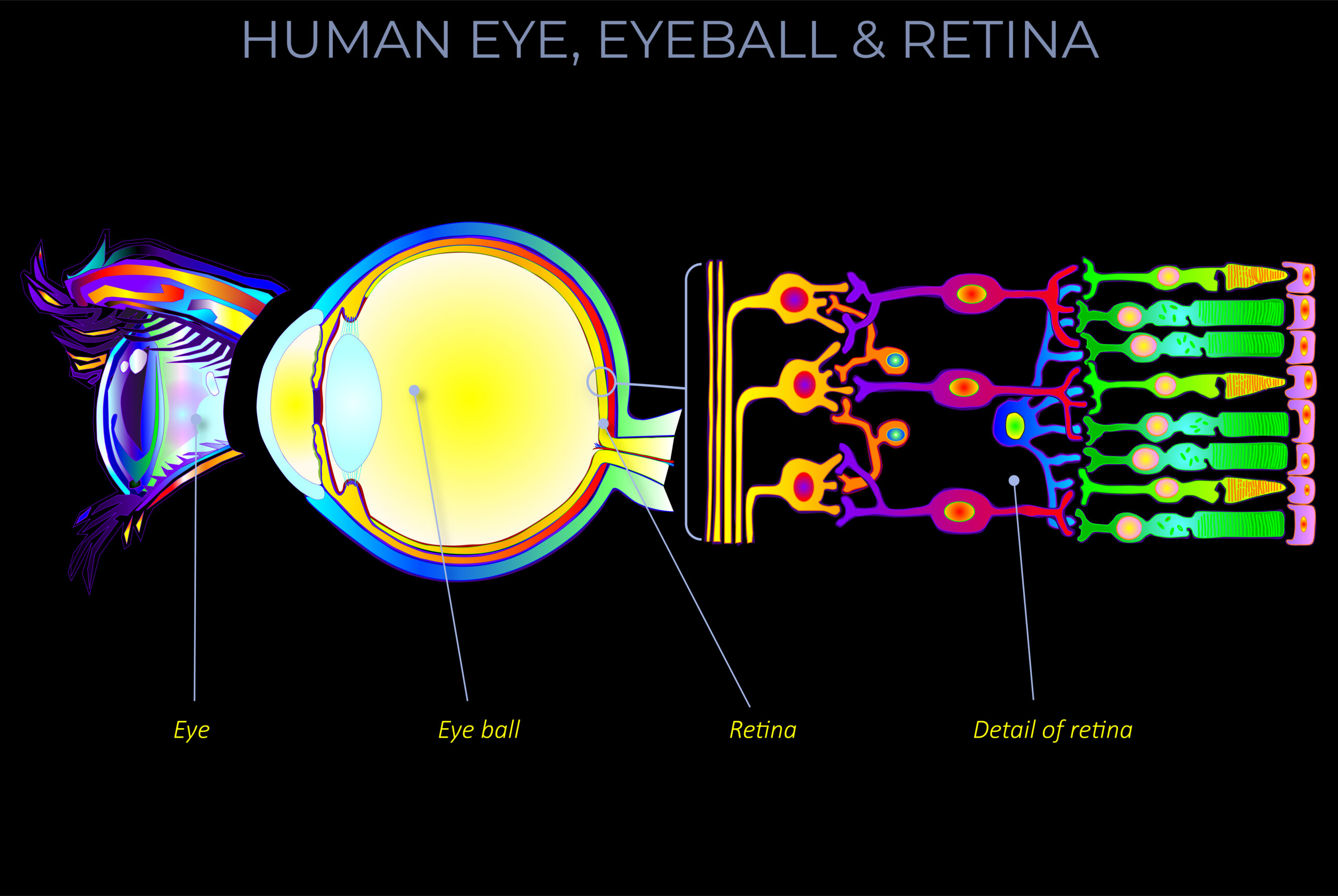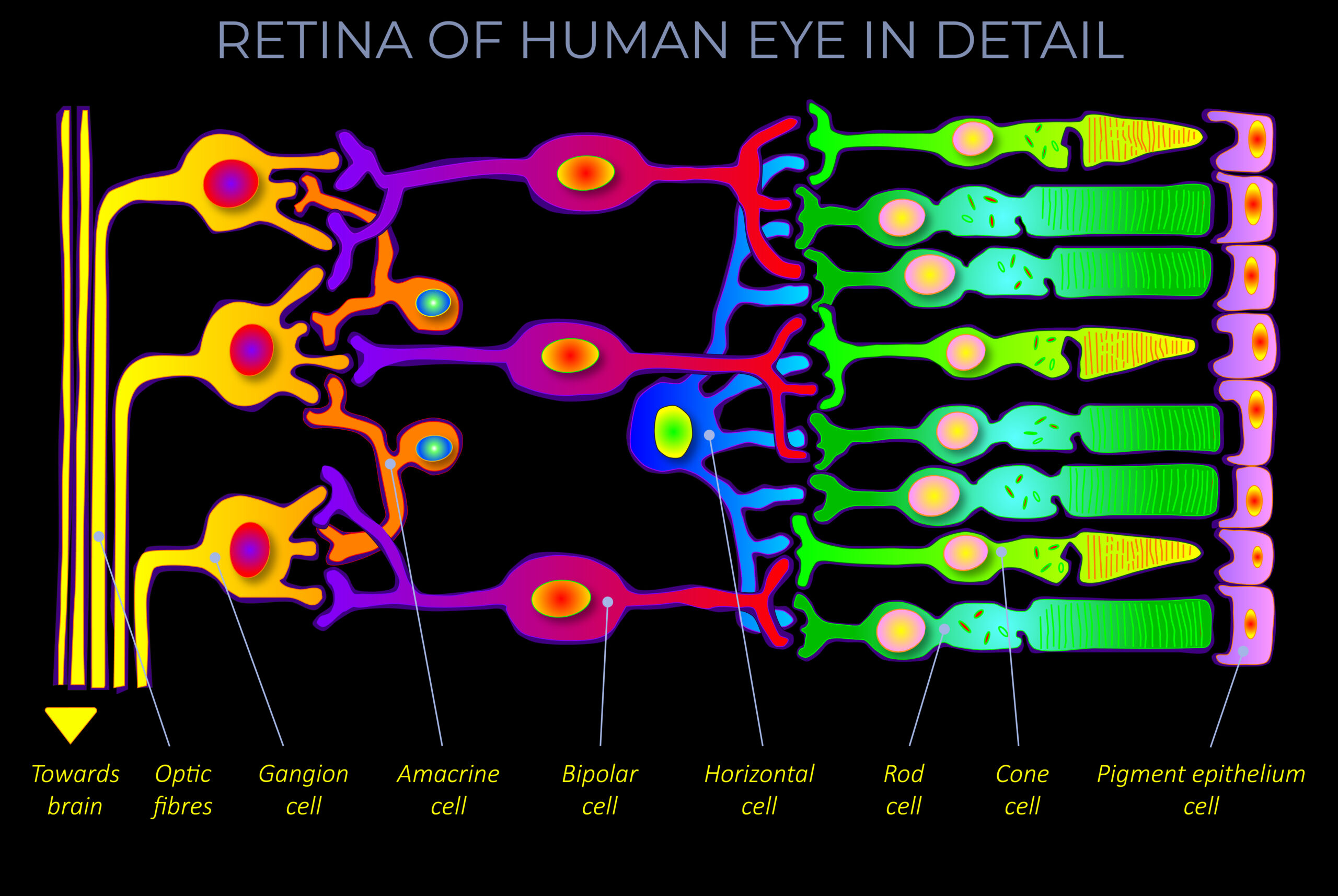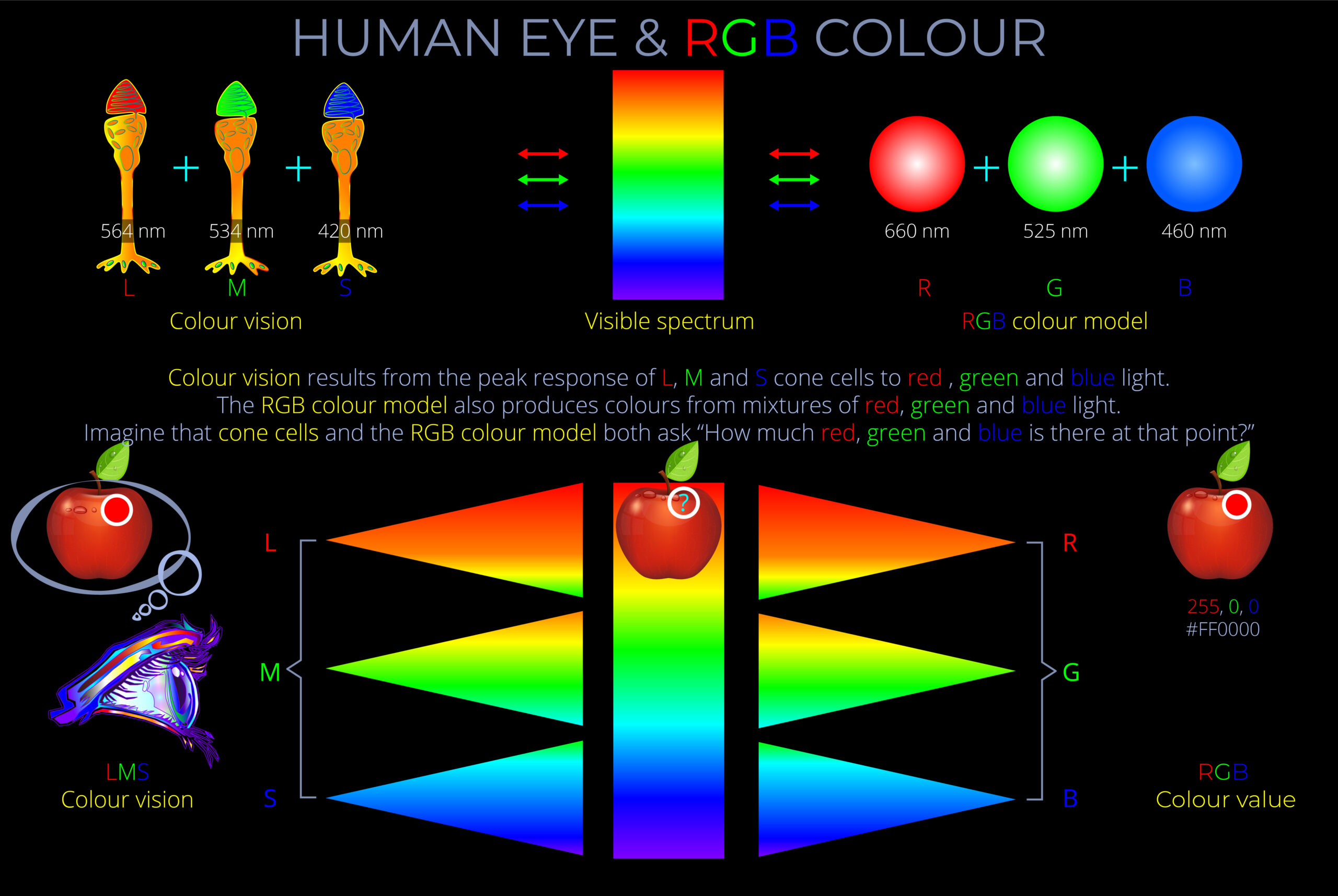Interneurons are a type of neuron found in the nervous system of animals, including humans, which play a role in processing and communicating information.
- Interneurons can be classified into different types based on their functions, such as local circuit interneurons and relay interneurons.
- Local circuit interneurons have short axons and form circuits with nearby neurons to analyse and process information locally.
- Relay interneurons have long axons and connect circuits of neurons in different regions of the central nervous system, enabling communication and integration of information.
- Interneurons can be further classified into sub-classes based on their neurotransmitter type, morphology, and connectivity.
- Interneurons serve as nodes within neural circuits, enabling communication and integration of sensory and motor information between the peripheral nervous system and the central nervous system.
- The interaction between neurons and interneurons is essential for the proper functioning of the nervous system, enabling the brain to perform complex processes such as perception, cognition, and motor control.
About interneurons and the human eye
- There are four types of interneurons in the human eye: They are the amacrine cell, bipolar cell, horizontal cell and Müller cell.
- Interneurons in the human eye form a complex network of interconnections between photoreceptor cells (i.e., rod and cone cells) and retinal ganglion cells.
- Rod and cone cells are the photoreceptor cells in the human retina that respond to light.
- Ganglion cells are the retinal neurons that receive and integrate visual information from photoreceptor cells and then transmit it to the brain via the optic nerve.
- The complex network of interneurons in the human eye plays an important role in the processing and integration of visual information before transmitting it to the brain.
- This network is also responsible for various visual functions, including spatial filtering, contrast enhancement, and colour opponent processing.


